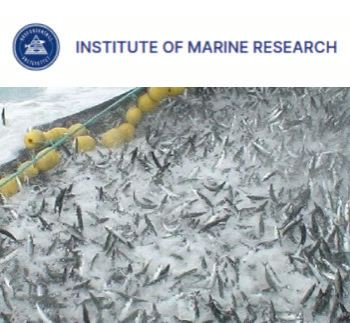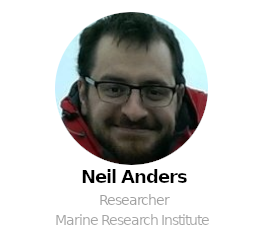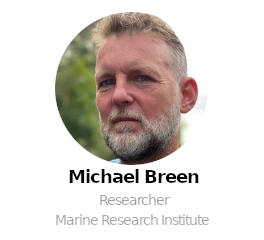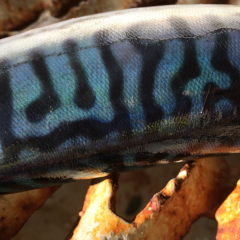|

Image: HI/europêche
A new way of measuring fish welfare in wild-capture fisheries
 NORWAY
NORWAY
Monday, January 30, 2023, 08:00 (GMT + 9)
When excessive quantities of mackerel are crowded tightly together in the net, the fish experience poor welfare.

When you fish for mackerel with a seine net, the catch is crowded tightly together in large quantities to make it easier to pump the fish on board the boat. The scientists wanted to find a way to measure how the fish respond to that. Photo: Institute of Marine Research Norway (IMR)
Today, there is little research into animal welfare in fisheries.
It is also a difficult area to research. How do you measure how a fish is coping in a stressful situation?

A new study from the Institute of Marine Research (HI) shows that fish vitality is a good measure of welfare.
The marine scientists found this out by combining several practical investigations.
The mackerel is crowded together in large quantities
"When fishing for mackerel with a purse seine, the catch is piled up in large quantities to make it easier to pump the fish on board the boat, explains HI researcher," says Neil Anders.
"We wanted to find a way to measure how fish respond when pushed in this way," says research colleague Michael Breen.
 Checking the "vitality" of individual fish Checking the "vitality" of individual fish
First, the scientists recreated what the fish experience inside a fishing net, by crowding mackerel together in an aquaculture cage.
The researchers tested how individual fish coped, using various tests to find out which physiological and behavioral stress responses they showed. Together, the results gave a measure of the vitality of each individual fish.
The marine researchers then took their experience and methods from the cage to a commercial purse seine boat.
There they also examined the stress response, blood tests and general condition of individual fish from the catch.

The scientists checked how individual fish fared. Photo: Norwegian Institute of Marine Research (IMR)
Larger catches and longer pumping times resulted in poorer welfare
The results were clear: animal welfare in the catching process was negatively affected when large catches were crowded together to be pumped into the boat.

Mackerel's skin changes from green to blue when the fish is exposed to stress - Photo: Guro Møen Tveit. Norwegian SciTech News -->
"It was clear that larger catches result in longer pumping times, increasing the negative consequences for welfare. We saw that vitality deteriorated, and in the blood samples we were able to measure that the fish from large catches had been very stressed," says Breen.
"The study provides a good indication of how animal welfare can be improved in the harvesting process," Anders believes. "For example, by going after the smaller schools. If the catches are smaller, the time it takes to get the fish on board is shorter and then welfare would be improved."
Important progress to monitor animal welfare in fisheries
One of the most important results for the marine scientists, however, is the new method they have developed.
"Being able to measure welfare through fish vitality is an important tool to be able to monitor and further improve fish welfare during the harvest process," concludes Breen.
Source: Marine Research Institute
Click this link for details of the cage trials used to assess the impact of overcrowding on the welfare of Atlantic mackerel (Scomber scrombrus).
[email protected]
www.seafood.media
|



